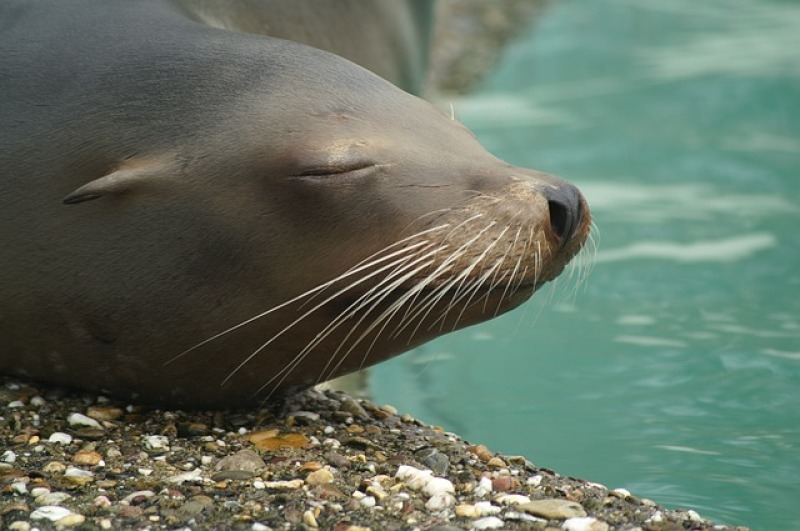
Scientists have recently discovered the link between the number of brain damage and memory loss among sea lions and toxic algae in the sea.
According to them, the toxin produced by the algal bloom, called domoic acid, is responsible for causing the aquatic animals to get lost and stranded on beaches, Newsweek reported.
Before making the discovery, scientists are already aware that toxic algae bloom is one of the main causes of deaths among sea lions. However, this is the first time they were able to observe how it directly affects the animals' behavior.
For the study, the scientists subjected 30 rescued sea lions to MRI scans and carried out various memory-based tests on the animals. They learned that those that have been exposed to the domoic acid had a hard time navigating through a simple maze. Other tests revealed that the animals' short and long term memory have also been affected by the toxic algae.
Scientists believe this is the main reason why hundreds of sea lions get stranded on beaches each year.
"What we found was really striking," Peter Cook of Emory University and one of the authors of the study said according to National Geographic.
"It had a huge effect on spatial memory," he added. "To the point where their performance on these tasks was not significantly above chance. Animals with health brains are doing much better."
According to the scientists, the sea lions come into contact with the domoic acid toxin through the natural food chain. Smaller animals, such as crabs and fish, may have eaten other organisms that are laced with this toxin before being preyed on by the sea lions.
The scientists explained that toxic algal blooms are produced naturally as sea temperatures rise. Usually, through the changing climates, these blooms last for only weeks. However, due to various factors, such as global warming and this year's El Nino phenomenon, scientists are worried that the algal bloom might last for months. If this happens, then more animals will be dangerously affected by the domoic acid.
"Every year since - for the last 17 years - there have been sick and dying sea lions, sometimes in the hundreds," Kathi Lefebre of the National Oceanic and Atmospheric Administration said according to The Guardian.
"What we're most concerned about right now is this year we have had the likely largest ever recorded algal bloom producing domoic acid on the U.S. west coast, spanning the largest geographic range."


















